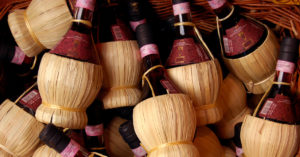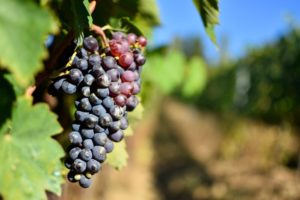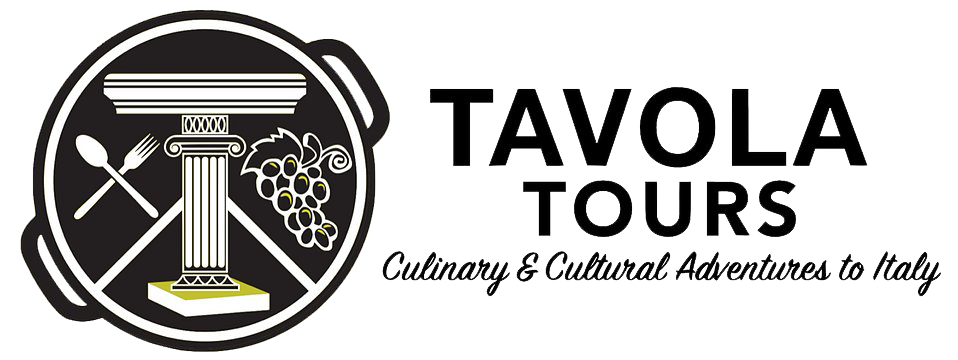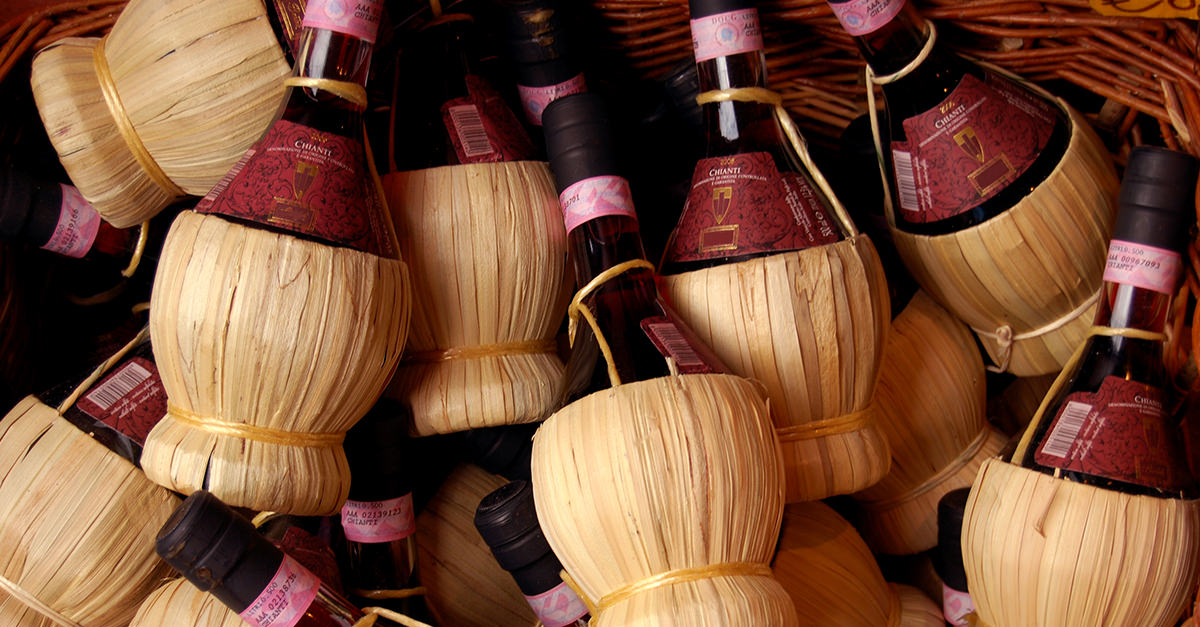
When it comes to wine production, few areas in the world are as popular as the wine country of Tuscany, Italy. The region is known and loved by wine enthusiasts all over the world. This fertile region exports wine its wines all over the world. Italy has over one million vineyards with an extensive variety of wine types available. You wouldn’t think that one particular wine would stand out from the rest so boldly. However, this is exactly the case for Chianti wine, the most popular, talked about, and discussed Italian wine in the world. What exactly makes this wine so special, and why is the pride of Tuscany? Read on to learn more about this savory wine, its history, and more.
The History of Chianti Wine
Chianti wine (pronounced ki-on-tee) is a red wine from Tuscany mostly made from Sangiovese grapes. While it has been around for much longer, it was first classified during medieval times. In the 1600s, Italian commerce boomed, and Chianti wine became a global phenomenon.
In 2016, Chianti celebrated 300 years of winemaking since the Grand Duke of Tuscany, Cosimo III, had delimited Chianti wine’s production zone in 1716. Today, look out for the trademark of the black rooster if you want to ensure that you’re getting an authentic Chianti wine.

Made From Sangiovese Grapes
Most Tuscan wine today involves the popular Sangiovese grape. Sangiovese is Italy’s most widely planted grape variety. It is the key grape in most of the best red wines of Tuscany. This versatile grape boasts high levels of both tannin and acid, with wines made from it ranging from fruity flavors like strawberry and tart cherry to vegetal notes like tomatoes and red peppers.
Chianti wine is made from Sangiovese grapes. It is one of the most well-known Italian wines in the world. One of the major reasons for its popularity is its food-friendliness. The wine’s acidity helps cleanse the palette as you enjoy it with your meal.
Of course, Sangiovese isn’t the only grape variety used in Chianti wine. Other varieties include Colorino, Merlot, Canaiolo, and Cabarnet Sauvignon. White grapes were also used in Chianti Classico in the past, but this is no longer the case today. However, it’s important to note that to be classified as Chianti, the wines must contain at least 80% Sangiovese grapes. Some Chianti wines go further and are made from 100% Sangiovese grapes.
Classifications of Chianti Wine
The aging process of Chianti wine results in a lot of taste differentials. Simple Chianti wine is only aged for six months and isn’t as complex as other varieties. However, Chianti Superiore is bolder as well as smoother since it’s aged for a year. Other classifications include Chianti Riserva, which is aged for two years. There’s also Chianti Gran Selezione, which is aged for a minimum of two and a half years. The latter is used in Chianti Classico, some of the best this wine has to offer.
The Chianti region is a large area that is divided into several sub-regions. All of them have minimum aging requirements, which we’ve mentioned below.
Colli Senesi, 6 months
Colli Aretini, 6 months
Colline Pisane, 6 months
Montalbano, 6 months
Montespertoli, 9 months minimum
Classico, 1-year minimum
Rùfina, 1-year minimum
Colli Fiorentini, 1-year minimum
Where Is Chianti Wine Made?
Chianti wine isn’t just made in the Chianti region of Tuscany, but all over Tuscany. That’s why Chianti has eight sub-zones. Of course, most purists tend to opt for Chianti Classico, the Chianti wine that comes from the Chianti region itself. However, it’s widely agreed that Chianti Classico and Chianti Rufina are some of the highest quality Chianti wines since they’re not mass-produced and are made in protected historic areas.
Chianti Wine Represents Tuscany, Italy
Chianti wine is considered to be the quintessential Italian wine. It pairs wonderfully with all kinds of food. Still, its signature dry acidity makes it perfect with Italian food like pizza, tomato-based pasta, and rich meat dishes like Bistecca alla Fiorentina.
Tuscany is famous for producing many outstanding wines, but there’s something very special about Chianti that makes it the pride of Tuscany. In 1984, Chianti was awarded the Denominazione d’Origine Controllata e Garantita (D.O.C.G.), or the Controlled and Guaranteed Denomination of Origin, a denomination that recognizes its quality and protects it. If you’re planning on visiting Tuscany, don’t miss out on learning more about this famous wine and enjoy it with some delicious Italian cuisine.
Additional Wine Articles
If you enjoyed learning about Chianti wine you might also find this post about Lambrusco wine a sparkling wine made in the Emilia-Romagna region of Italy.

